Lingfeng Wu
Developing a Reliable, General-Purpose Hallucination Detection and Mitigation Service: Insights and Lessons Learned
Jul 22, 2024

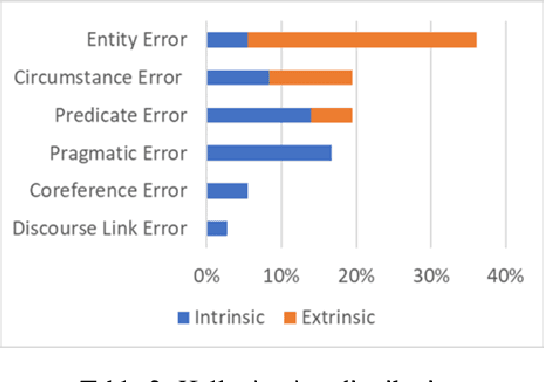
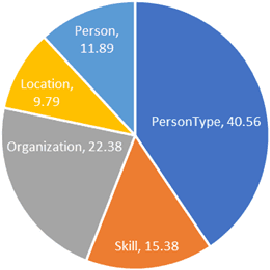
Abstract:Hallucination, a phenomenon where large language models (LLMs) produce output that is factually incorrect or unrelated to the input, is a major challenge for LLM applications that require accuracy and dependability. In this paper, we introduce a reliable and high-speed production system aimed at detecting and rectifying the hallucination issue within LLMs. Our system encompasses named entity recognition (NER), natural language inference (NLI), span-based detection (SBD), and an intricate decision tree-based process to reliably detect a wide range of hallucinations in LLM responses. Furthermore, our team has crafted a rewriting mechanism that maintains an optimal mix of precision, response time, and cost-effectiveness. We detail the core elements of our framework and underscore the paramount challenges tied to response time, availability, and performance metrics, which are crucial for real-world deployment of these technologies. Our extensive evaluation, utilizing offline data and live production traffic, confirms the efficacy of our proposed framework and service.
Advances in Online Audio-Visual Meeting Transcription
Dec 10, 2019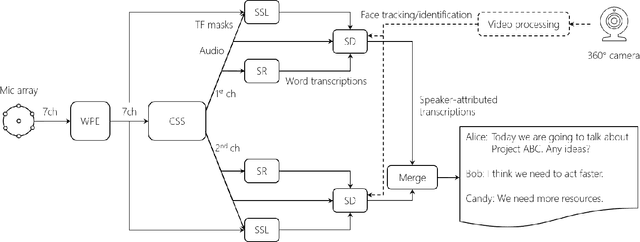

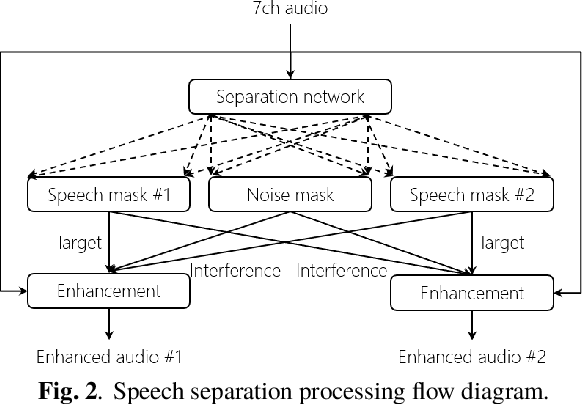
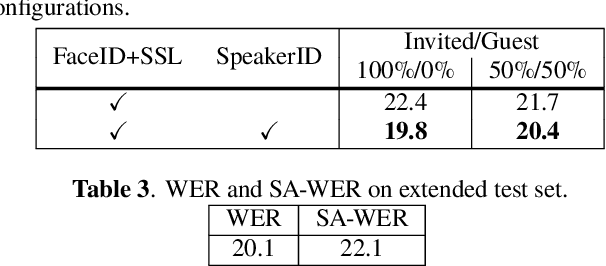
Abstract:This paper describes a system that generates speaker-annotated transcripts of meetings by using a microphone array and a 360-degree camera. The hallmark of the system is its ability to handle overlapped speech, which has been an unsolved problem in realistic settings for over a decade. We show that this problem can be addressed by using a continuous speech separation approach. In addition, we describe an online audio-visual speaker diarization method that leverages face tracking and identification, sound source localization, speaker identification, and, if available, prior speaker information for robustness to various real world challenges. All components are integrated in a meeting transcription framework called SRD, which stands for "separate, recognize, and diarize". Experimental results using recordings of natural meetings involving up to 11 attendees are reported. The continuous speech separation improves a word error rate (WER) by 16.1% compared with a highly tuned beamformer. When a complete list of meeting attendees is available, the discrepancy between WER and speaker-attributed WER is only 1.0%, indicating accurate word-to-speaker association. This increases marginally to 1.6% when 50% of the attendees are unknown to the system.
 Add to Chrome
Add to Chrome Add to Firefox
Add to Firefox Add to Edge
Add to Edge